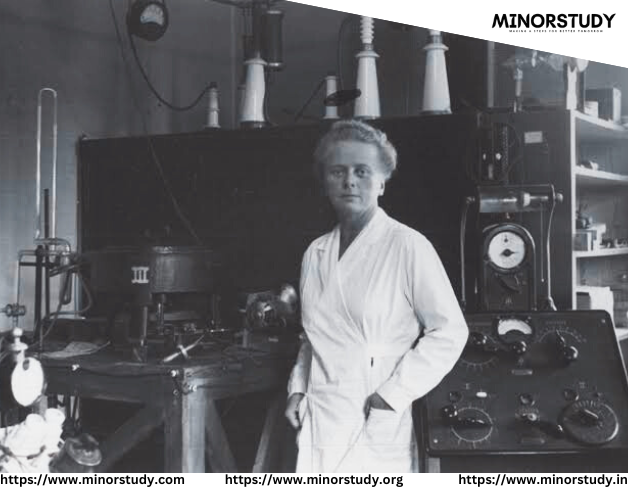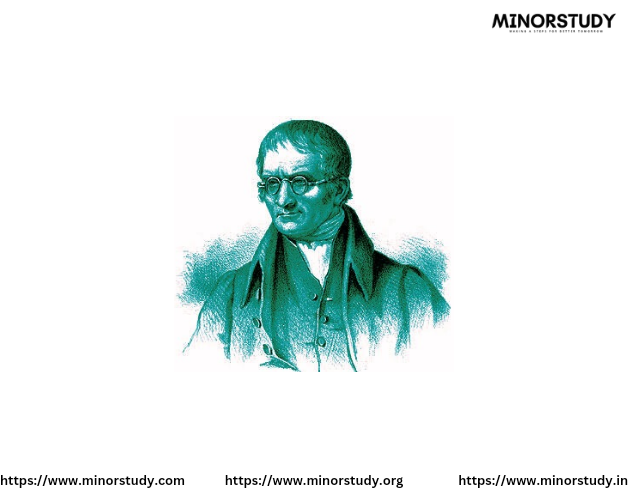Ida Noddack
- Minorstudy Web blogs
- Dec 6, 2024
- 3 min read

Ida Noddack (born March 25, 1896 – August 24, 1978) was a pioneering German chemist and physicist, best known for her contributions to the early understanding of nuclear chemistry and radioactivity. She is often remembered for her work on the discovery of elements and her involvement in the theoretical prediction of nuclear fission.
Early Life and Education:
Noddack was born in Wrangel, Prussia (now part of Poland) and had a strong interest in science from an early age. She studied chemistry and physics at the University of Freiburg, where she earned her doctorate in 1921.
At a time when few women were in the sciences, Noddack faced significant challenges, but her dedication and intellect led her to significant contributions in chemistry and physics.
Key Contributions:
1. Discovery of Elements:
Noddack, along with her husband Otto Noddack and Otto Berg, is credited with the discovery of the element rhenium in 1925, which was named after the Rhine River. Rhenium is a rare, dense, silvery-white metal and has important applications in electronics and as a catalyst in chemical reactions.
She also made contributions to the study of elements 93 and 94, which were later identified as neptunium and plutonium, respectively.
2. Prediction of Nuclear Fission:
One of Noddack’s most significant contributions came in 1934, when she made an early prediction about the process of nuclear fission. After the discovery of the artificial transmutation of elements by Enrico Fermi and others, Noddack suggested that when uranium was bombarded by neutrons, it might break apart into smaller fragments—a concept that was later confirmed and became known as nuclear fission.
Although her ideas were initially not fully appreciated, Noddack's insight was later vindicated when Otto Hahn and Fritz Strassmann conducted experiments in 1938 that confirmed fission in uranium. These findings led to the development of nuclear energy and eventually to the atomic bomb.
3. Work on Isotopes and Nuclear Chemistry:
Noddack was an early advocate for the study of isotopes, which are atoms of the same element with different numbers of neutrons. Her work contributed to the broader understanding of nuclear reactions and radioactivity.
She also explored the chemistry of transuranium elements and made significant theoretical contributions to the study of the structure of the atomic nucleus.
Challenges and Legacy:
As a woman in science during the early 20th century, Noddack faced considerable discrimination and was often excluded from major scientific networks. She was not fully recognized for her contributions during her lifetime, especially in the case of her prediction of nuclear fission.
Despite these challenges, Noddack’s work laid the foundation for the study of nuclear chemistry and physics. Her insights into fission were ahead of their time, and her discovery of rhenium remains one of her most enduring legacies.
Later Life:
Noddack continued her scientific work after World War II, though her later years were spent in relative obscurity.
She died in 1978, and much of her groundbreaking work did not gain widespread recognition until years later.
Significance:
Ida Noddack's contributions to chemistry and physics were crucial in the early stages of understanding nuclear fission and the structure of the atomic nucleus. Her discovery of rhenium was a key addition to the periodic table, and her work laid the groundwork for the later development of nuclear energy and the atomic bomb. Despite facing challenges as a woman in science, Noddack’s intellect and perseverance have left an indelible mark on the fields of chemistry and physics.
Quotes:
"Science is about uncovering truths, whether we want to see them or not."
Ida Noddack’s contributions helped shape the early stages of modern nuclear science, and though her recognition was delayed, her work has had a lasting impact on both chemistry and nuclear physics.











Comments